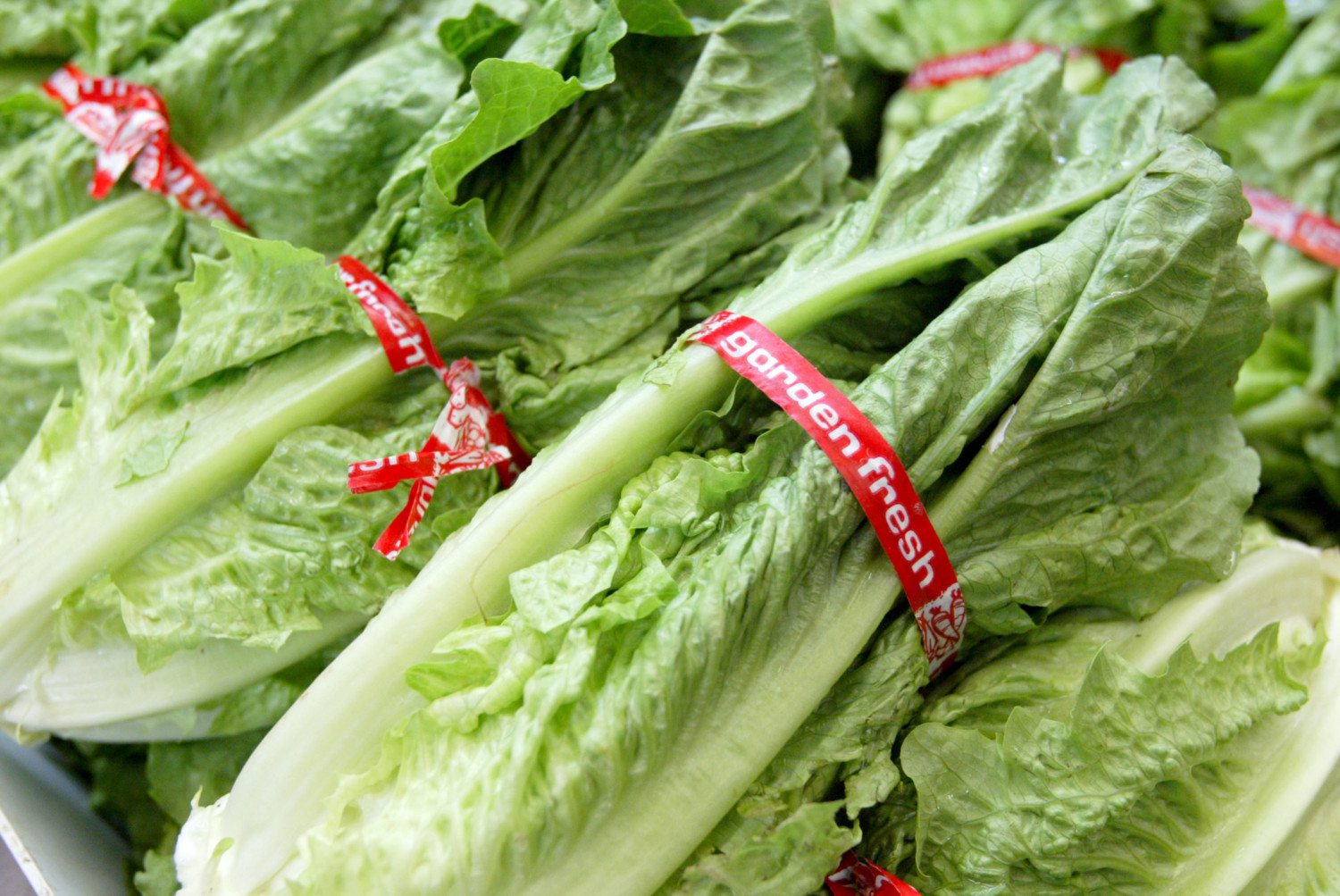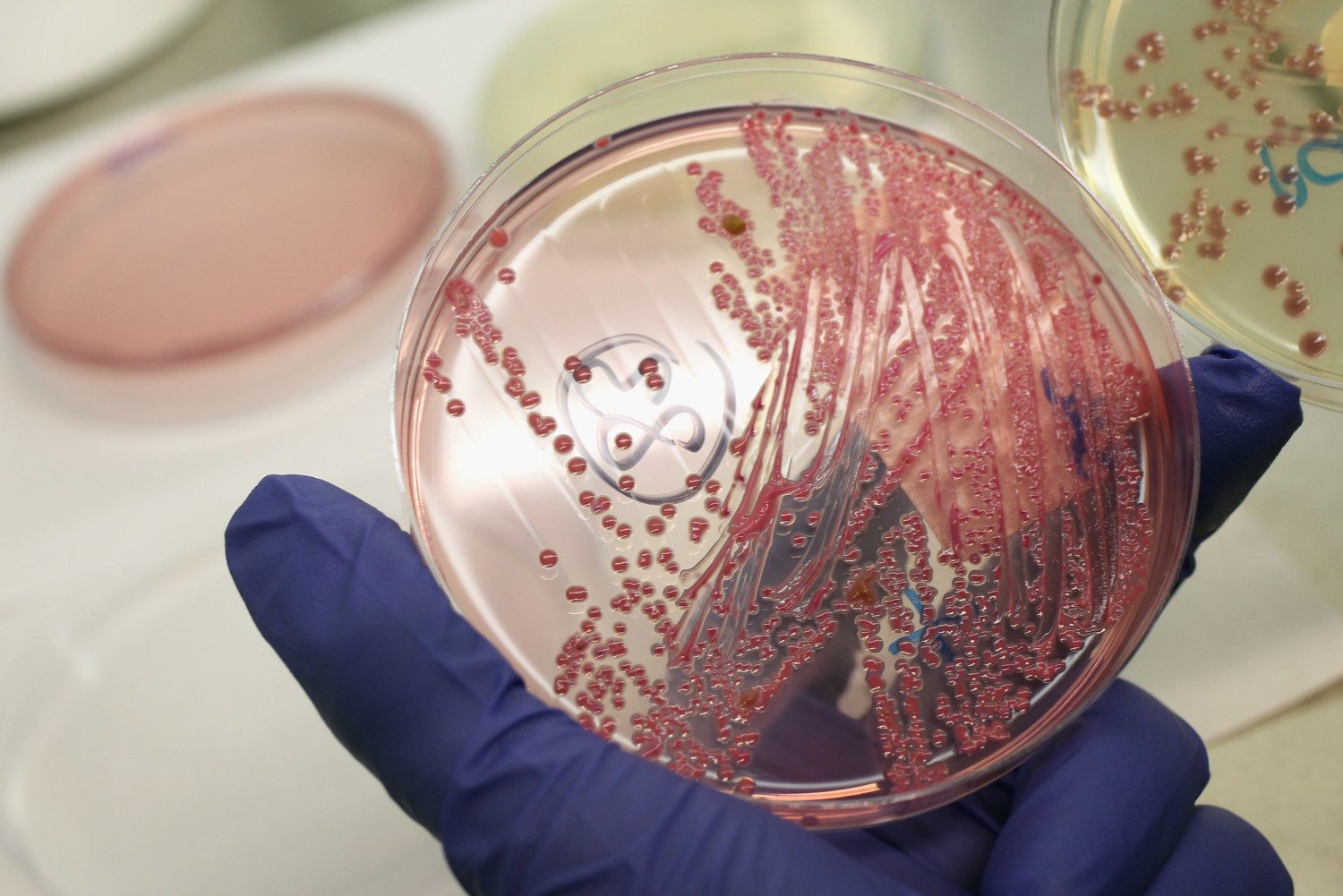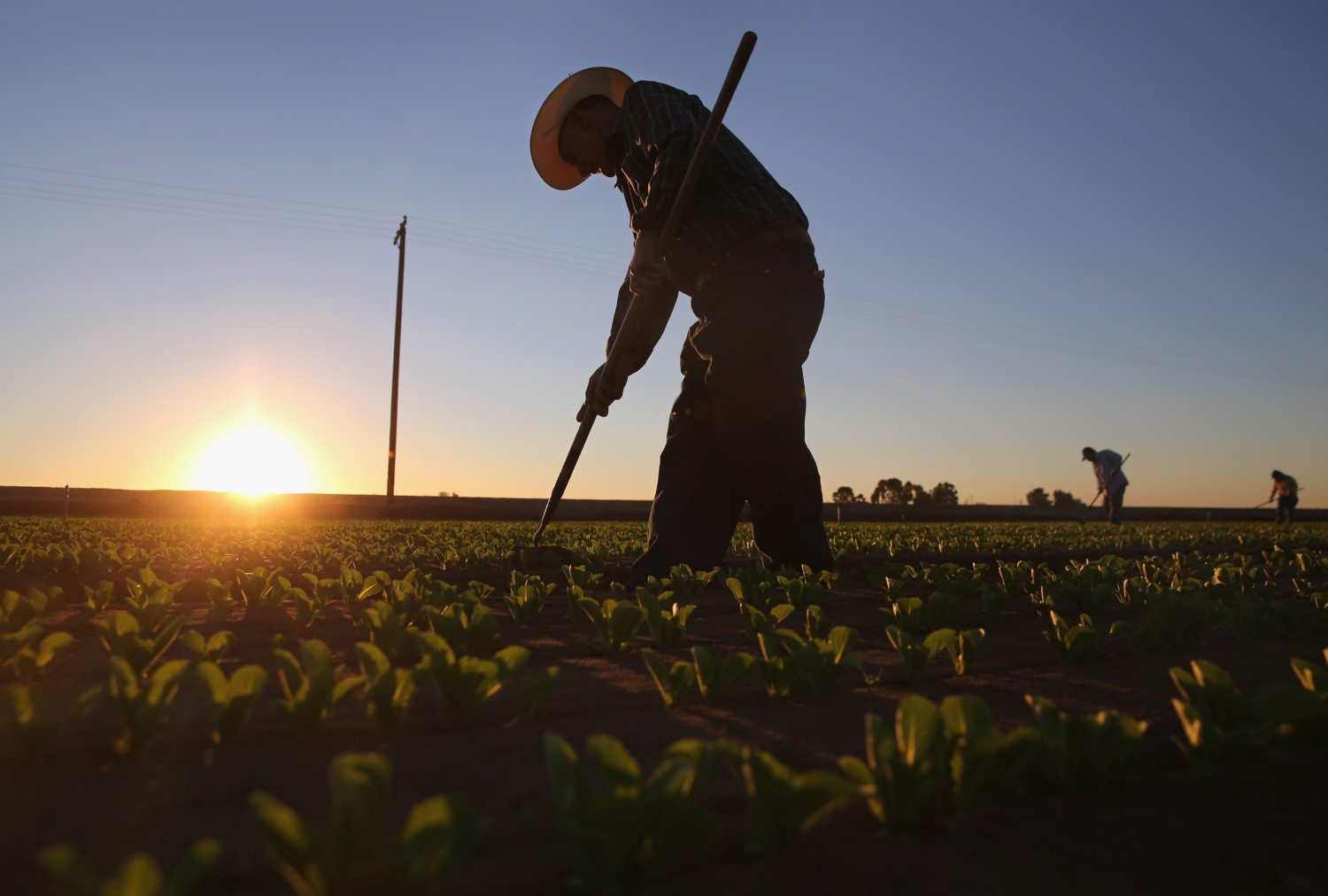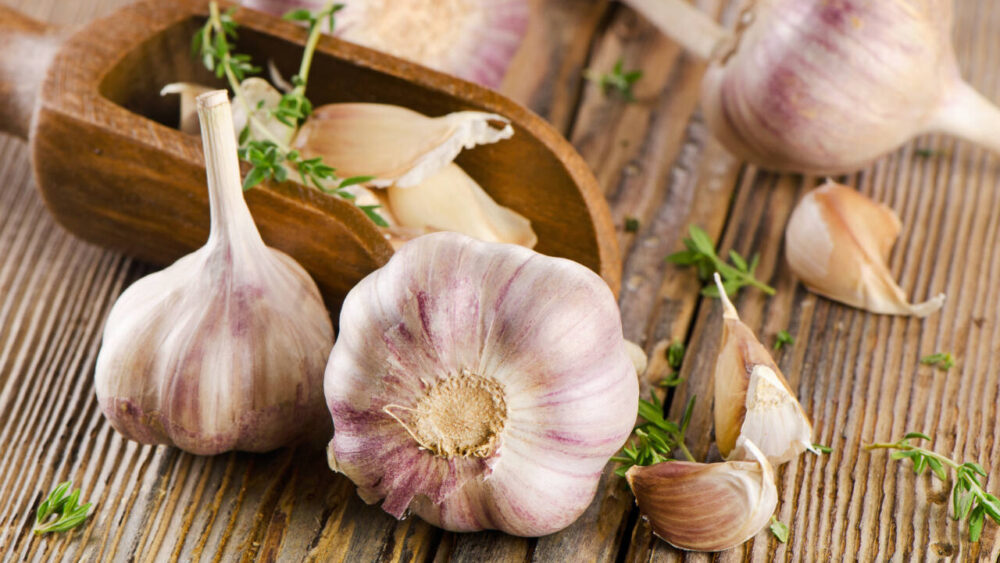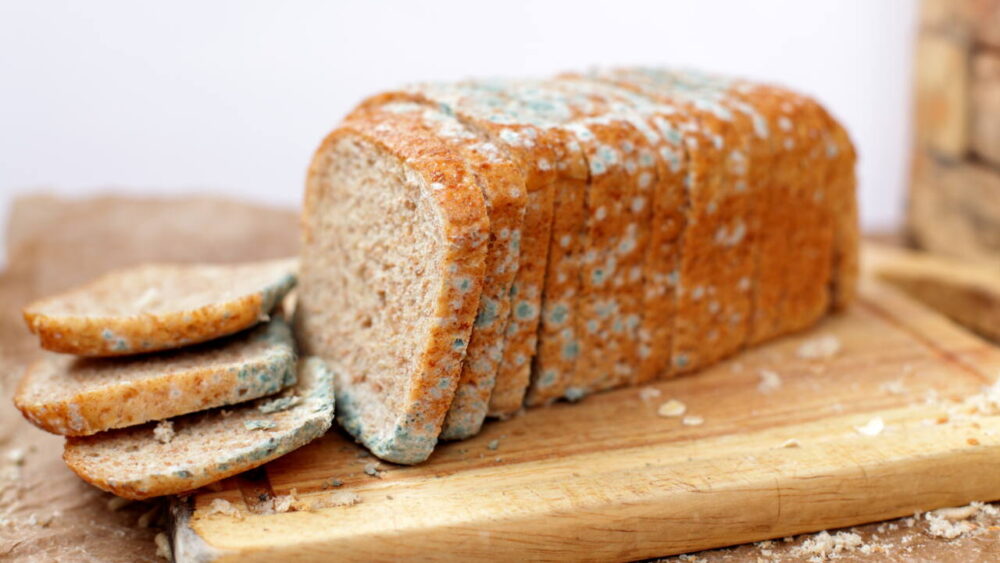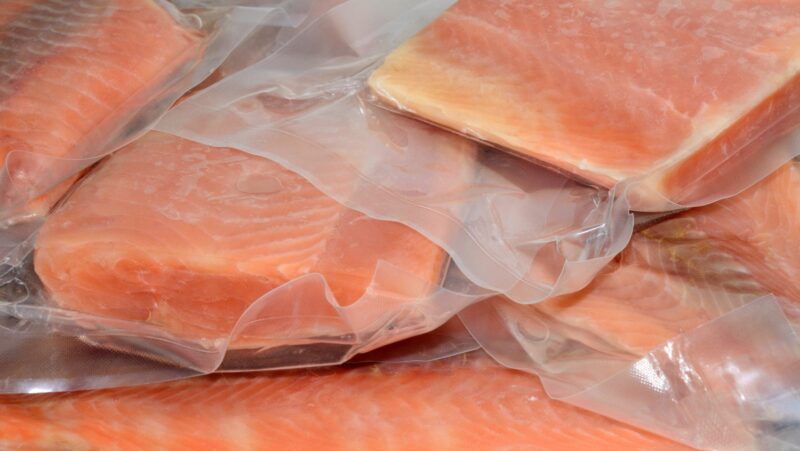7 more cases announced in 15-state E. coli outbreak
The Centers for Disease Control and Prevention just announced it has identified seven new cases of E. coli infections.
That brings the total number of cases in this E. coli outbreak to 24 patients across 15 states. Sadly, at least one of these cases has ended in death.
Consumer Reports has pointed to romaine lettuce as the likely source of the outbreak, however, the CDC cautions that its investigation is ongoing.
“The likely source of the outbreak in the United States appears to be leafy greens, but officials have not identified a specific type of leafy greens eaten by people who became ill,” said a Jan. 10 press release on the government agency’s website.
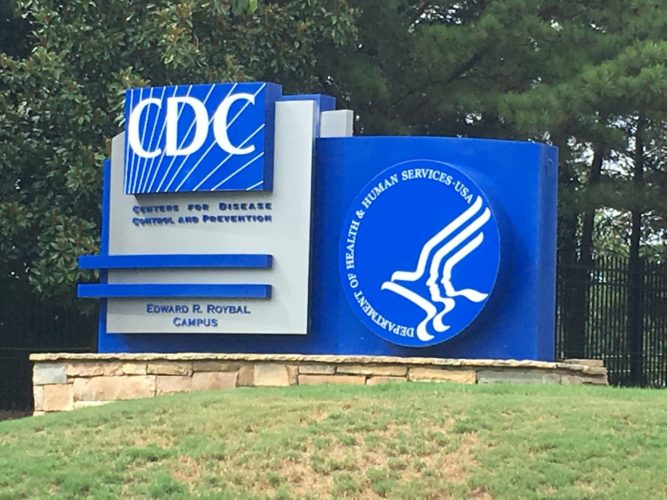
Impacted states include California (where the one reported death occurred), Connecticut, Illinois, Indiana, Maryland, Michigan, Nebraska, New Hampshire, New Jersey, New York, Ohio, Pennsylvania, Virginia, Vermont and Washington, but that list could continue to grow as this outbreak has not yet been contained.
These reports follow news of an E. coli outbreak in Canada that has affected 42 people in five different provinces. One of the people sickened in Canada has died due to the infection. The Public Health Agency of Canada, the Canadian Food Inspection Agency and Health Canada were able to identify the source of the outbreak. They believe that those cases were the result of people eating romaine lettuce tainted with the bacteria.

There are many different strains of E. coli, but the American cases concern E. coli 0157:H7. Early symptoms of an infection include bloody diarrhea, fever, nausea and vomiting, with later symptoms including excessive bleeding, nosebleeds, seizures and shortness of breath. It is contagious and can be spread via fecal contamination.
According to the CDC, approximately 265,000 cases of E.coli infections get reported every year by health professionals. However, it is possible there could be more because some people get infected, but the symptoms are not severe enough to go to the doctor to get an official diagnosis.
Lettuce can become tainted by E. coli when it comes in contact with the feces of cows, pigs and other animals. E. coli naturally occurs in the gut of these farm animals, and it can spread to our produce via improper handling of farm animals and equipment. It can also be spread via birds and rodents who may spread the infected fecal matter across farms.
Consumer agencies, as well as politicians like Connecticut Rep. Rosa DeLauro, have criticized the CDC for not being transparent enough during its investigation into this outbreak. DeLauro said, “I continue to be deeply alarmed by the Centers for Disease Control and Prevention’s response to the recent multistate outbreak of E. coli. The CDC confirmed the outbreak on Dec. 28—almost a month and a half after the first infection.”
These critics believe that the CDC should have moved swiftly to warn consumers against romaine lettuce. It waited until Dec. 28 to send out a news release regarding the infections, although the first known cases occurred as early as mid-November.
The group also refused to issue a warning against a particular food, saying, “Because we have not identified a source of the infections, CDC is unable to recommend whether U.S. residents should avoid a particular food.”
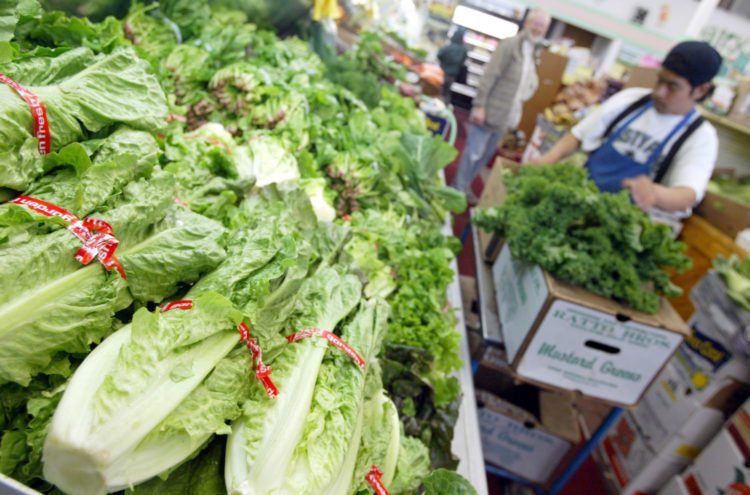
For now, Consumer Reports cautions people against eating romaine lettuce. While the CDC refuses to make a similar warning, it does offer this advice for limiting the spread of E. coli: “You can protect yourself by washing your hands thoroughly before and after preparing or eating food. You can also wash counters, cutting boards and utensils after they touch raw meat to avoid contaminating other foods.”
That’s good advice. Let’s hope this outbreak is contained soon.
RELATED: Here are some ways to keep your produce fresh for longer:


